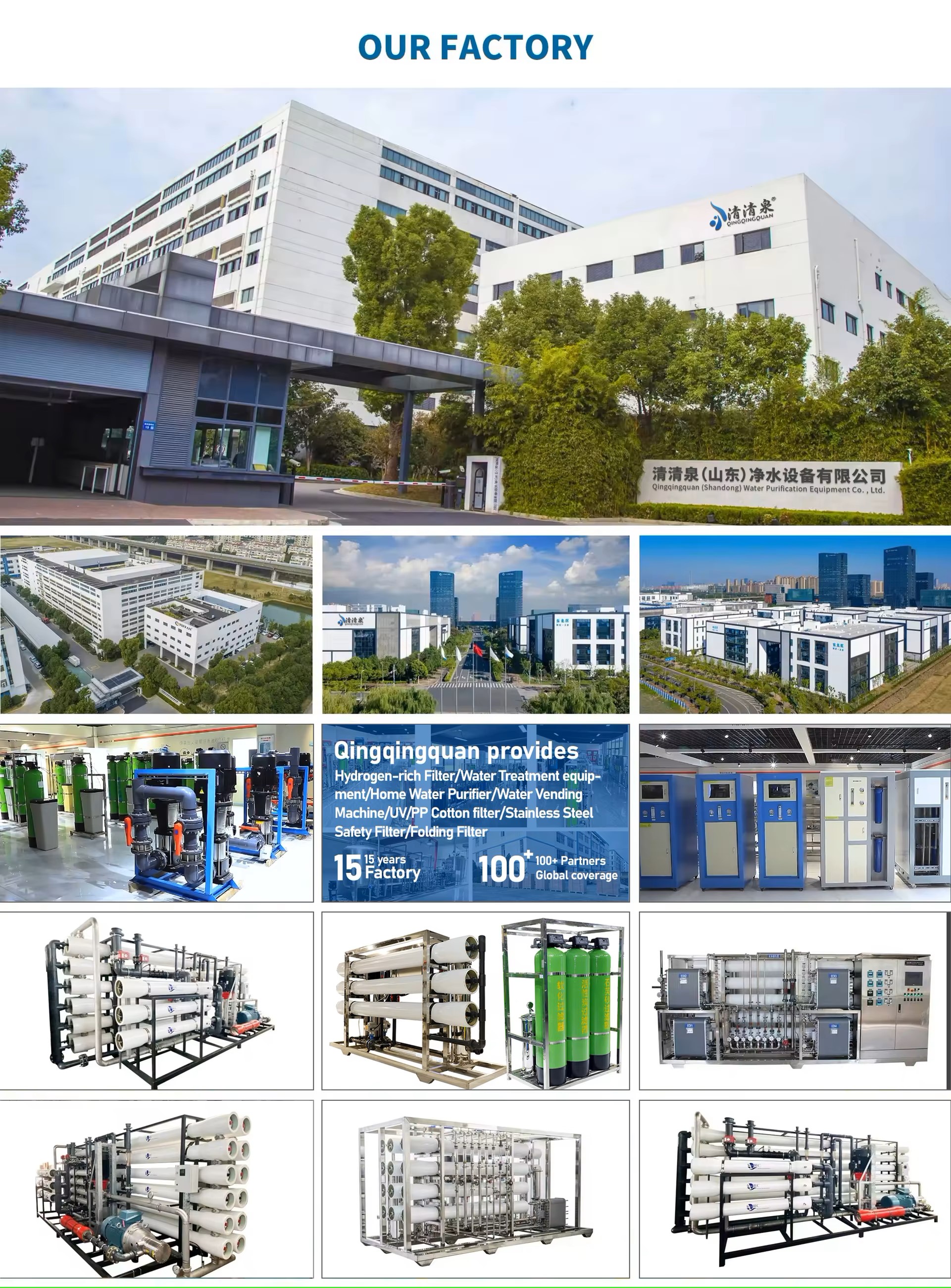High-Efficiency And Low-Energy Reverse Osmosis Desalination System
High-efficiency and low-energy reverse osmosis desalination system
1. Introduction
Global freshwater resources are becoming increasingly scarce, and seawater desalination has become an important way to solve the water shortage problem. Reverse osmosis (RO) technology has become the mainstream method for seawater desalination due to its high efficiency, modular design and low energy consumption. However, traditional RO systems still face challenges such as high energy consumption, membrane pollution and high cost. In recent years, with the development of new materials, energy recovery and intelligent control technologies, high-efficiency and low-energy reverse osmosis desalination systems are experiencing major breakthroughs.

2. Principle of reverse osmosis desalination technology
Reverse osmosis technology uses the selective separation effect of semipermeable membranes to force seawater through RO membranes under high pressure (5.5–8.5 MPa), intercepting salts and impurities to obtain fresh water. Its core processes include:
1. Pretreatment: removal of suspended matter, microorganisms and colloids (such as sand filtration, ultrafiltration).
2. High-pressure pumping: providing the pressure required for seawater penetration.
3. Membrane separation: RO membrane removes dissolved salts (salinity rejection rate > 99%)
4. Energy recovery: Use pressure exchange devices (such as PX) to recover the energy of high-pressure concentrated brine.
5. Post-treatment: Adjust pH value, mineralization, and ensure that water quality meets standards.

3. Key technologies for reducing energy consumption
3.1 High-efficiency energy recovery device (ERD)
About 40%~50% of the energy consumption of traditional RO systems comes from high-pressure pumps, and energy recovery technology can reduce energy consumption by more than 30%.
Current mainstream solutions include:
Pressure exchanger (PX): such as ERI's PX series, with energy recovery efficiency >95%.
Turbine recovery system: suitable for large-scale seawater desalination plants (such as IDE Technologies' HPPE technology).
3.2 New RO membrane materials
Nanocomposite membranes: such as graphene-enhanced polyamide membranes, which increase water permeability and reduce the risk of fouling (MIT research shows that flux increased by 50%).
Bionic membranes: mimic the structure of biological cell membranes (such as Aquaporin protein membranes) to achieve highly selective desalination.
3.3 Intelligent Optimization Operation
AI algorithm: optimize the matching of high-pressure pumps and energy recovery systems, such as Saudi SWCC using digital twin technology to reduce energy consumption by 10%.
Frequency conversion control: dynamically adjust the operating pressure according to water quality to avoid excessive energy consumption.

4. Latest research and application cases
4.1 Low-energy RO demonstration project
Saudi Arabia Ras Al-Khair Plant (the world's largest RO desalination plant):
Using PX energy recovery + high-efficiency membrane, energy consumption is reduced to 2.8 kWh/m³ (conventional technology is about 3.5–4 kWh/m³).
Singapore Tuas Desalination Plant:
Combining photovoltaic power supply and intelligent scheduling, the target energy consumption is <2.5 kWh/m³.
4.2 Innovative technological breakthroughs
MIT solar-RO hybrid system: Using solar energy to drive RO, reducing grid dependence, suitable for off-grid areas.
Forward osmosis (FO)-RO coupling: Using low-energy FO pretreatment to reduce RO working pressure (the U.S. Yale research team tested and reduced energy consumption by 20%).
5. Future challenges and development directions
Despite the continuous advancement of RO technology, there are still problems to be solved:
1. Membrane fouling and life: Develop anti-fouling coatings and self-cleaning membranes.
2. Initial investment cost: Reduce the cost of membrane components and high-pressure systems.
3. Low carbonization: Combine wind power/photovoltaic to achieve zero-carbon seawater desalination.

6. Conclusion
High-efficiency and low-energy consumption reverse osmosis seawater desalination systems are making revolutionary progress through new materials, energy recovery and intelligent control. With technological progress and economies of scale, RO technology is expected to reduce energy consumption per ton of water to less than 2kWh by 2030, becoming the core solution for the sustainable use of global water resources.

























